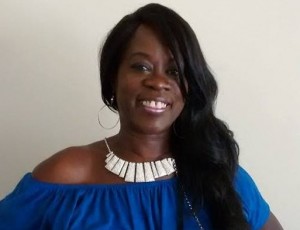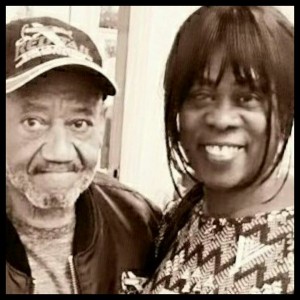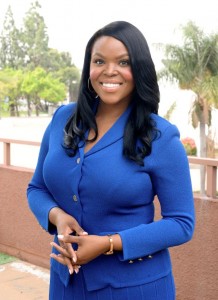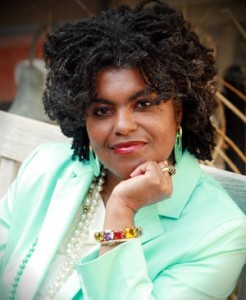“So You Want to Flirt With Sin?”
By Lou Coleman-Yeboah
Is that right? Are you sure that’s what you want to do? Because flirting with sin is flirting with death. That’s right! You flirt with sin, you flirt with death. [Romans 6:23]. The rule is simple: If you play with fire, you will get burned. If you think you can sin to your heart’s content without repercussions, and if you think you can go out and break the commandments of God over and over because you’re an exception to the rule, then you are deceiving yourself. God will not be mocked! If you compromise His rules, you will suffer horribly for it. Be forewarned reader!
Sin kills and destroys everything it touches. [Romans 6:13]. This is the purpose behind everything Satan does. Jesus said, “The thief cometh not, but for to steal, and to kill, and to destroy” [John 10:10]. Be not deceived! You can’t dabble in sin without being swept away. You can’t gargle with toxins without ingesting poison. Sin will cause you to hook, line, and sinker. Do not underestimate the seriousness of sin! Sin is divisive, deceptive, destructive and deadly. Sin Thrills…then it Kills. Sin Fascinates…then it Assassinates. Sin always destroys lives, both for time and eternity. Do not flirt with it, and do not dabble in it!
[Matthew 5: 29-30] says, “If your right eye makes you stumble, tear it out and throw it from you; for it is better for you to lose one of the parts of your body, than for your whole body to be thrown into hell. If your right hand makes you stumble, cut it off and throw it from you; for it is better for you to lose one of the parts of your body, than for your whole body to be thrown into hell.”
I tell you Satan always tries to minimize the serious nature of sin, so that we excuse it as no big deal, tolerate it as normal, or even re-package it as a good thing. The Devil is a liar! Sin is SINFUL and EXCEEDLING so! Sin appears attractive, but is hideously ugly. Sin appears to be right when it is wrong. Sin appears to bring life when it brings death. Sin appears to be so insignificant when it is so major. Do not be deceived! The wages of sin is death!
Listen, you get one chance to live your life; and then the judgment. If you do not make some radical decisions now, and set your face like flint to walk another way. If you go on yielding to the lust of the flesh, the lust of the eyes, and the boastful pride of life as your way of life, you will get just what sin warrant ? Death! Do not be misled – you cannot mock the justice of God. You will always harvest what you plant. Those who live only to satisfy their own sinful nature will harvest decay and death from that sinful nature. But those who live to please the Spirit will harvest everlasting life from the Spirit. [Galatians 6:7-8].
“Know ye not that the unrighteous shall not inherit the kingdom of God! Be not deceived: neither fornicators, nor idolaters, nor adulterers, nor effeminate, nor abusers of themselves with mankind, nor thieves, nor covetous, nor drunkards, nor revilers, nor extortions, shall inherit the kingdom of God…” [1Corinthians 6: 9-10].
God’s warning is clear. If you compromise His rules, you will suffer horribly for it. Be like Joseph who when Potiphar’s wife grabbed hold of his coat and said, “Make love to me!” Joseph ran out of the house, leaving his coat there in her hands. He ran as far and as fast as he could. He knew that there would be hell to pay with God and men. He knew he would be burned if he stayed, so he ran from the fire [Genesis 39:12]. He evacuated the building as fast as he could, closing doors and windows behind him as he left… I tell you, the wisdom of the prudent is to understand his way…” [Proverbs 14:8].
As long as it is called ‘today,’ [be sure] that none of you may be hardened by the deceitfulness of sin… for was it not with them that had sinned, whose carcasses fell in the wilderness? [Hebrews 3:13-18].
“Shall we go on sinning so that grace may increase? By no means! We died to sin; how can we live in it any longer?” (Romans 6:1].
 Westside Story Newspaper – Online The News of The Empire – Sharing the Quest for Excellence
Westside Story Newspaper – Online The News of The Empire – Sharing the Quest for Excellence




